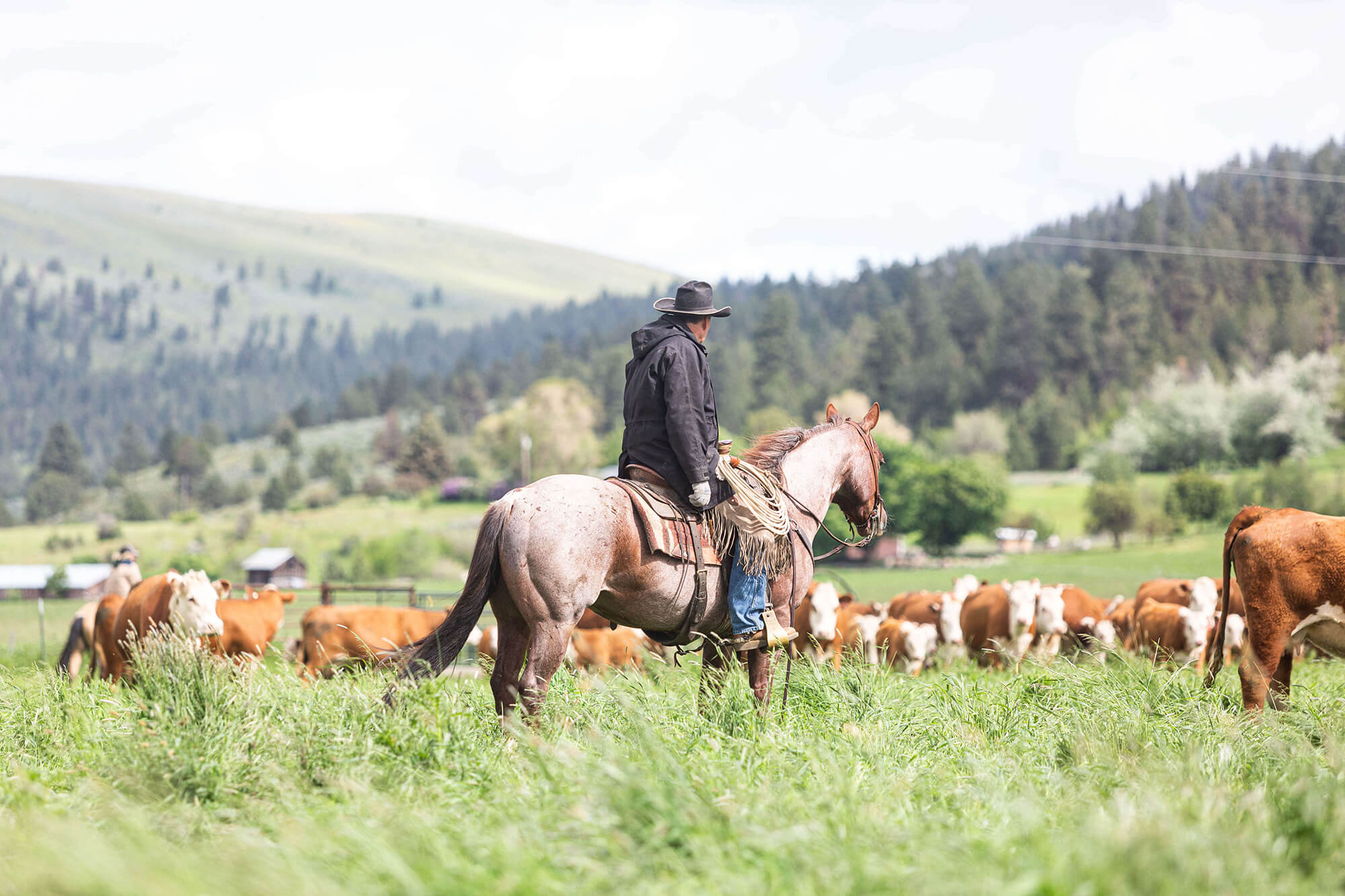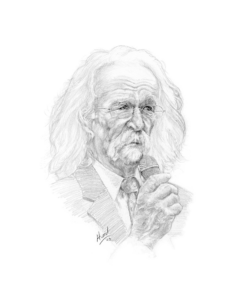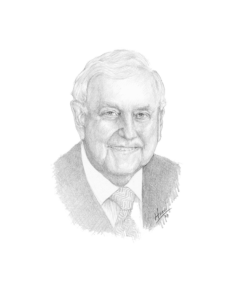John owned John Ascuaga’s Nugget hotel and casino in Reno, Nev., for more than 50 years, which has hosted the Western Nugget National Hereford Show for more than 45 years. The son of a Basque immigrant sheepherder, John is a self-made man who built an entertainment empire in Reno as well as a large ranching enterprise.
His father emigrated from Spain in 1914; his wife joined him two years later, and they raised John and his three siblings on a farm in Idaho. John started in the hotel industry as a bellman in McCall, Idaho, while attending college.
He followed family friend Dick Graves to Nevada. Dick opened the Nugget in 1955, and three years of growth later, moved it across the street to its current location. By 1960 Dick was ready to retire and sold the business for $3,775,000 to John, who at the time was only 34 years old. He put nothing down on the loan and still managed to pay it off in seven years.
In 2007 John was honored as a Lifetime Cattleman by the Western States Hereford Association during the Western Nugget National Hereford Show and Sale in Reno.
Cheryl Thomas, Western States Hereford Association secretary/treasurer, says, “John is the reason the Western Nugget National Hereford Show and Sale takes place. It all started with a Hereford bull sale in a tent in the Nugget parking lot in 1967, which evolved into the sale on the stage inside.”
John, and his wife of 56 years, Rose, live at their Jacks Valley Ranch, 50 miles south of Reno near Carson City, Nev. That ranch is one of three originally owned by John. At one time they had 1,700 head of Hereford-based commercial cows and a small flock of sheep. Today the ranch includes 300 head of Herford cattle.
In Cheryl’s nomination, she quoted John’s son Stephen, writing, “Dad is 89 years young and still continues to be actively involved with ranch activities including checking cattle and changing water. Although the casino was the reason many know dad’s name, ranching has always been his passion and the foundation of it all.”
As of Jan. 1, 2014, the Ascuaga family sold the Nugget to Global Gaming & Hospitality. Under John’s leadership, the casino had grown into one of the largest northern Nevada hotel casinos with more than 1,600 hotel rooms, 75,000 square feet of casino gaming, nine restaurants and much, much more.
“Even though I missed John’s tenure in the registered Hereford business with Jacks Valley Ranch, it has been a pleasure to get to know him,” says Mark Holt, AHA western region fieldman. “Watching his face fill with pride as the curtain rises, and the Nugget stage is filled with Herefords, has been one of my more memorable moments the last 12 years while serving as fieldman. John’s dedication to the Hereford breed in the West is second to none.”
John and Rose have four children — Camille, Michonne, John and Stephen.


